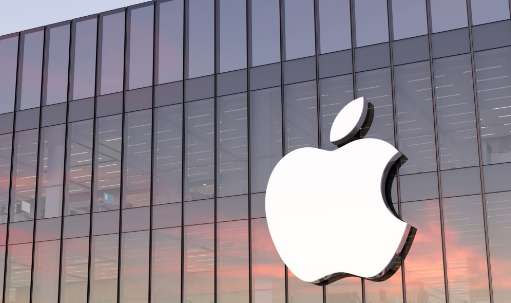Apple Is Developing At Least 7 Head-Mounted Devices, Including 3 'Vision' Products and 4 Smart Glasses
Renowned Apple analyst Ming-Chi Kuo has released a new report indicating that Apple is currently secretly developing at least seven head-mounted devices, including three Vision-series products and fou

Renowned Apple analyst Ming-Chi Kuo has released a new report indicating that Apple is currently secretly developing at least seven head-mounted devices, including three Vision-series products and four smart glasses models.
Kuo revealed that Apple does not plan to launch any new head-mounted devices in 2026 but will begin rolling out multiple products starting in 2027. Among them, Ray-Ban-like smart glasses are expected to achieve shipments of 3 to 5 million units or more in 2027, potentially driving the entire smart glasses market to surpass 10 million units in shipments that year.
According to Kuo's analysis, Apple's competitive advantage in the Vision series and smart glasses space stems from its strong hardware development capabilities and ecosystem integration. However, the primary challenge remains AI-driven operating systems and software development.
He predicts that before Apple launches smart glasses with display capabilities, multiple brands will likely release similar products to establish early market dominance.
Apple's Vision Lineup: M5-Based Vision Pro to Maintain Niche, Lightweight Vision Air, and Second-Gen Pro in the Pipeline
Kuo detailed Apple's three-product roadmap for the Vision series. The Vision Pro M5 edition is expected to enter mass production in Q3 2025, with shipments projected at 150,000 to 200,000 units. Its key upgrade will be the shift from the M2 to the M5 processor, while other specifications remain unchanged. This product will continue to target a niche market, aiming to maintain market share, develop the ecosystem, utilize component inventory, and explore XR headset applications.
The more disruptive Vision Air is slated for mass production in Q3 2027, featuring a completely new design and weighing over 40% less than the Vision Pro. It will adopt Apple's latest flagship iPhone processor, achieve weight reduction through plastic replacing glass, extensive use of magnesium alloy, and fewer sensors, and will be priced significantly lower than the Vision Pro.
The second-generation Vision Pro, with a fully redesigned form factor, is expected to enter mass production in the second half of 2028. It will be notably lighter, cheaper, and equipped with a Mac-level processor.
Apple's Smart Glasses Roadmap: Ray-Ban-Style Model to Drive Growth
Kuo identifies the Ray-Ban-like smart glasses as the category with the most near-term growth potential. This product is scheduled for mass production in Q2 2027, with shipments forecasted at 3 to 5 million units or higher that year. The glasses will offer multiple frame and temple material options, with a user interface supporting voice control and gesture recognition.
Unlike AR glasses, this model will not have display functionality, instead focusing on core features like audio playback, camera capabilities, video recording, and AI-powered environmental awareness. Kuo believes such devices could replace some TWS earbuds and smartphone photography functions, making them the smart glasses segment with the strongest growth prospects. He estimates global shipments of similar products across all brands will exceed 10 million units in 2027.
A more advanced XR glasses model is planned for mass production in the second half of 2028, featuring voice and gesture controls, LCoS with optical waveguide display technology, and full-color visuals. AI functionality will be critical to its success. Additionally, a variant of XR glasses is under development, though its timeline remains unclear.
Key Challenges: AI Software & Market Timing
Kuo also disclosed details about a previously unannounced project. Apple had originally planned to mass-produce a display accessory in Q2 2026, but development was paused in Q4 2024. The company is now reevaluating its positioning and specifications, leaving room for a potential reboot.
The accessory, designed to receive display content via wired connection from Apple devices (e.g., iPhone), used Birdbath optics with electrochromic dimming as a key selling point. The project was shelved due to insufficient competitiveness—its 120-130g weight far exceeded rival products under 100g.
Kuo notes that while Apple's strengths lie in hardware and ecosystem integration, the biggest hurdle remains AI-driven OS and software development. Before Apple debuts display-capable smart glasses, competitors may rush to market with similar products. However, given current technological and design limitations, Kuo believes these early offerings will likely remain niche for the next two years.
Disclaimer: The views in this article are from the original Creator and do not represent the views or position of Hawk Insight. The content of the article is for reference, communication and learning only, and does not constitute investment advice. If it involves copyright issues, please contact us for deletion.